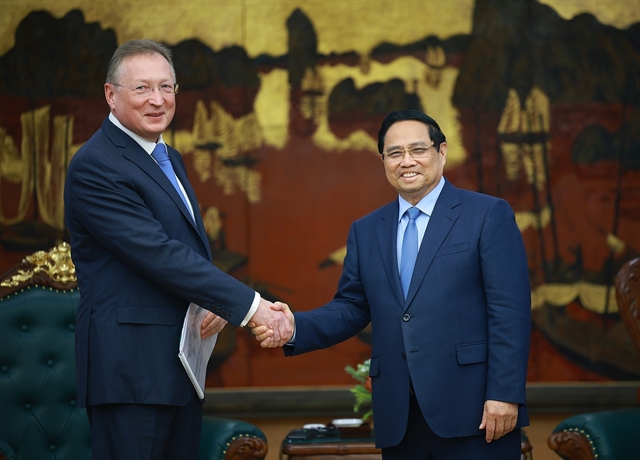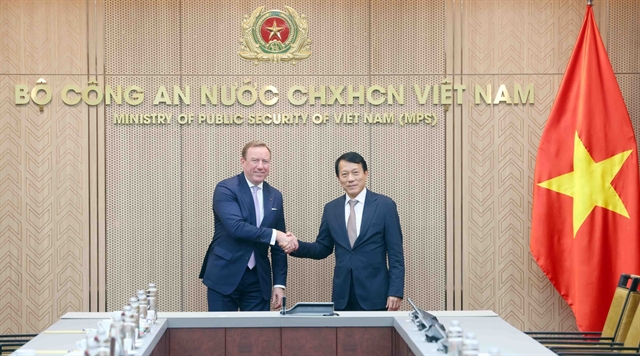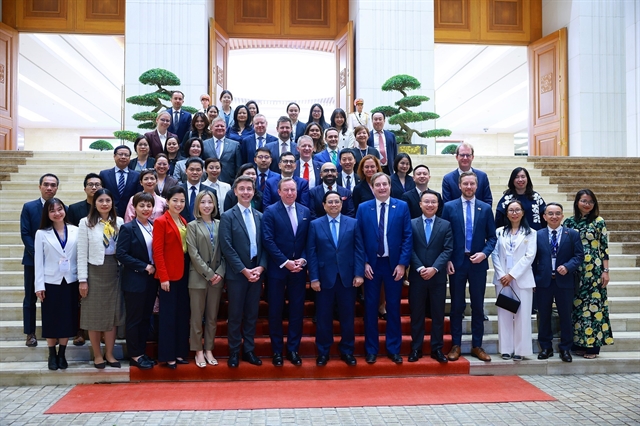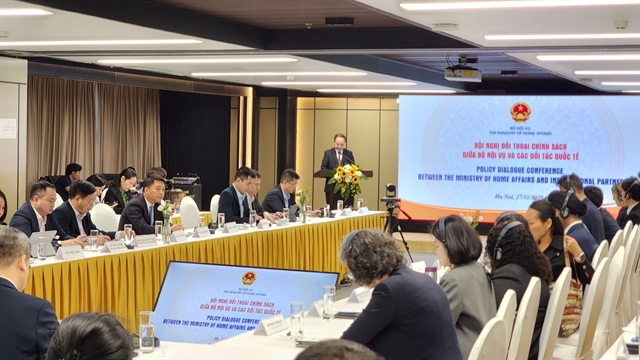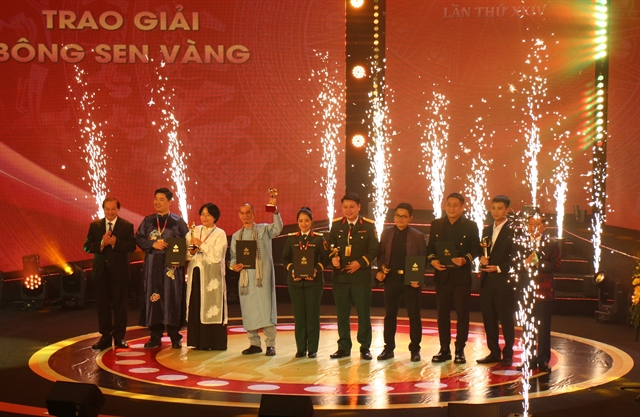 Life & Style
Life & Style
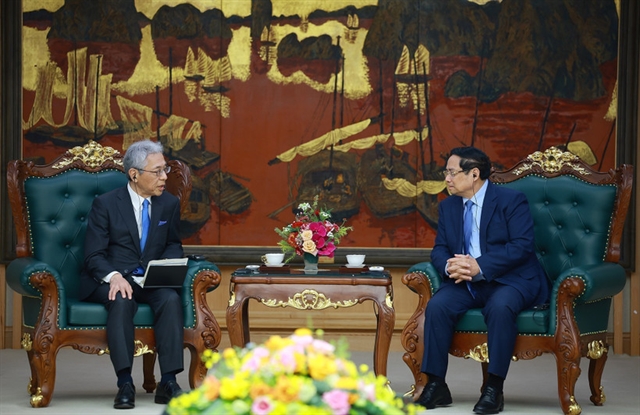
The museum will host the largest collection of works by the Norwegian artist Edvard Munch in the world.
At an online press conference hosted by the Norwegian embassy on October 5 in Hà Nội, the director of the new Munch Museum in Oslo, Stein Olav Henrichsen, shared the museum's plan.
The museum will host the largest collection of works by the Norwegian artist Edvard Munch in the world, as well as other activities for all ages, Lê Hương reports.
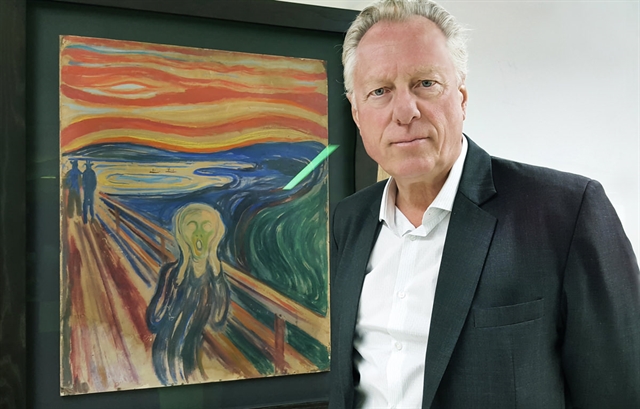
|
| Director of the museum Stein Olav Henrichsen. Photo theoslobook.no |
Could you tell us about the mission of the new museum?
Edvard Munch is a very important artist, not only in Norwegian art but also for the rest of the world. He worked in many different aspects like painting, printing, sculpture and photography. He’s also a very important part of Norwegian identity and art history. Though he died 70 years ago, his works are still alive and interesting to people today.
Now we have a new building to host over 27,000 of his artworks that will open very soon. Half of the 11 exhibition spaces will be used to display his works only. We will also display contemporary art programmes. We will have “blockbusters”, where we invite artists from other countries. We can work with other museums to create exhibitions in their museums to display Munch’s works to the rest of the world.
In addition to this permanent exhibition, we will also host other activities like film screenings, talks, meetings, concerts & performances. As our museum is located right next to the Opera House in Oslo, we will cooperate with the House to organise live programmes.
For example, in our blockbusters programme, we will display some 300 works from 16 other museums in the world.
We will also have special workshops for children. Each year, we receive some 60,000 children at our museum. We would like them to be creative with art and experience painting. Children are important for us as well.
We take advantage of our location, right in central Oslo, with a wonderful restaurant that has a view of the city from the 13th floor. We also have a café on the 1st floor. People can spend the whole day at the museum, experiencing art, joining programmes and workshops. We will be open from 10 am till 10 pm, every day throughout the year. We aim not only at locals but also tourists.
On October 18, we’ll have a programme for children, and on October 22 we open the museum officially.
We have detailed information on our website together with online tours for the rest of the world in English.
Do you have any intention to bring Munch’s works here to display in Việt Nam or vice-versa, introduce Vietnamese artists there at your museum?
I haven’t thought of that yet and we haven’t received an invitation from Vietnamese museums to co-host the Munch exhibition in Việt Nam. If we have any, I’ll look into that carefully.
There is a Vietnamese population in Oslo of some 40,000 people. But there are no Vietnamese artists living here at the moment. I know that Vietnamese people in Oslo often visit museums and they will surely visit the new Munch Museum.
I know that the friendship between our two countries is very strong. I myself two years ago took a business trip to Việt Nam. I really want to seek relationships with Vietnamese artists and museums to promote cultural exchanges.
The new Munch Museum will be one of the world’s largest museums in the world dedicated to one single artist. How do you see the contribution of the Munch Museum to the strategy of developing Norway’s culture industry?
I think a museum’s mission also includes educating and raising public awareness on the problems and challenges of each society and individual. It is important for arts to reach out to the world and people, reflecting on modern issues, triggering critical thinking and discussions. Through our exhibitions, we want to address the social issues of contemporary life. At our museum, guests can see themselves and the problems they are dealing with every day.
At the city level, we will reflect on the issues relating to Oslo and its people. On a national level, we want more local matters to be shared and discussed at our museum through temporary exhibitions. Internationally, we want to bring Norwegian culture to the world, to hear more about national voices, and to exchange culture with other countries and their museums.
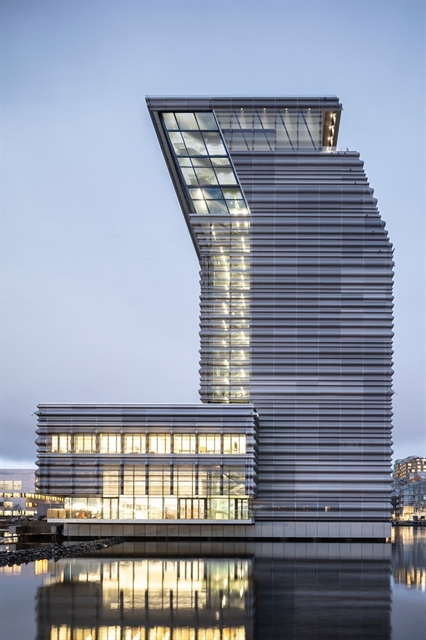
|
| The newly built museum by the bay in Oslo. Photo munchmuseet.no |
What should museums do to increase their number of guests, especially amid COVID?
We have relied on digital technology to build our programmes. We have a lot of digital exhibitions on our website and share them with the rest of the world. In Oslo, about a third of the population often visits museums. More than two-thirds either do not visit museums or see exhibitions through digital platforms. During COVID, the number of people visiting our homepage has increased significantly. We now have programmes in both Norwegian and English but we will soon have programmes in Chinese and other languages too.
We cooperate with local technology and media companies every year to develop new digital programmes for the public.
When we host exhibitions abroad, besides actual events, we also put them online for a broader audience.
A museum should not be a boring place. It should be a place where visitors can see not only arts but also have other experiences. That is why our museum offers numerous kinds of live activities for people of different ages. At our museum, visitors can see exhibitions with different topics relevant to them, they can also enjoy a cup of coffee with the whole city view, they can attend a concert, see a film or be engaged in a discussion or seminar. Basically, they can stay here from 10am to 10pm every day.
Museums should also target children and treat them as VIP guests. Therefore, it is crucial to make the topics of exhibitions interesting and relevant to all ages of visitors.
To improve our services, we are conducting research into the people who never visit or do not want to visit museums. We hope this will help us understand the underlying reason behind their choices, and come up with new and more interesting ideas.
Museums have very high credibility in society. People believe in museums. In this time when we have a lot of fake news, museums are and should be trustworthy sources of news and knowledge. Museums should be compelling to an audience; therefore we need to generate interesting discussions on the importance of engaging more groups of the population on a regular basis.
Regarding the roles of museums, I would like to quote a colleague of mine from New York’s Metropolitan “We don’t serve society. We are the society.” VNS

